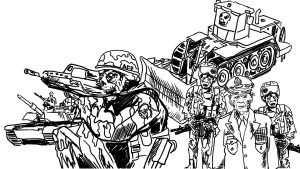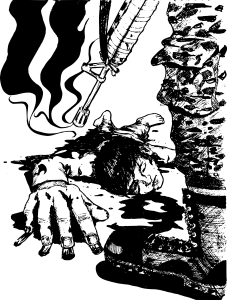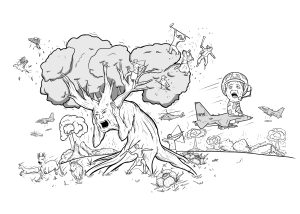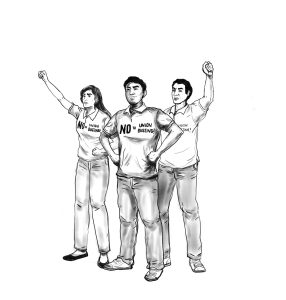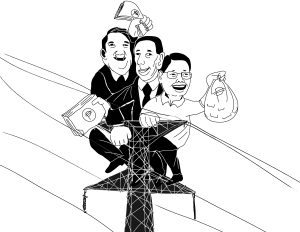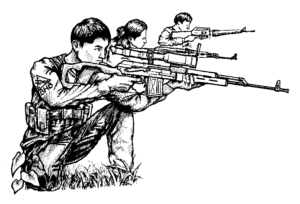G7 in Hiroshima, provoking war in Asia-Pacific

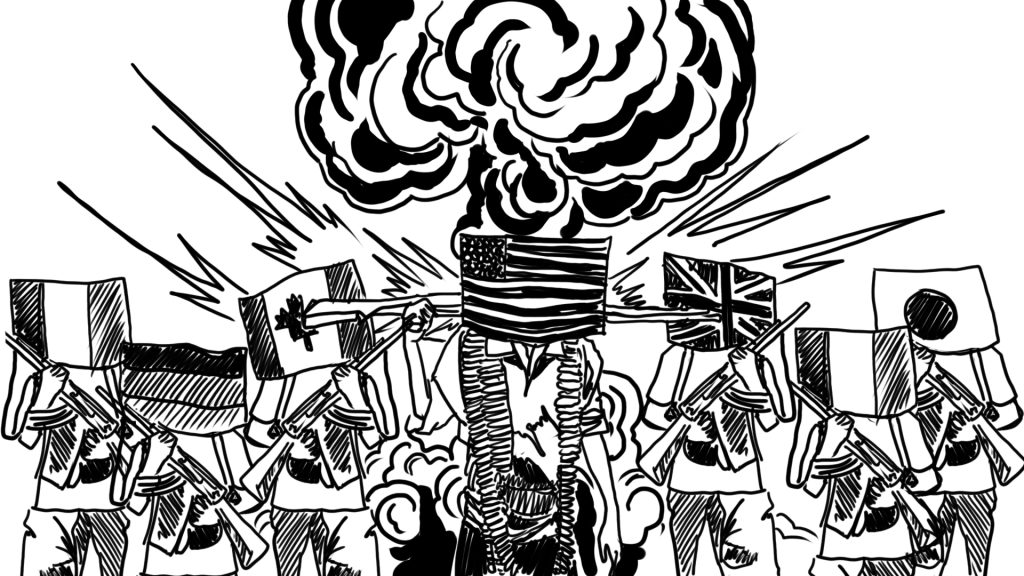
Group of 7 (G7) countries leaders’ meeting on May 19 to May 20 in Hiroshima was met with protest led by the International People’s Front, International League of Peoples’ Struggle and other allied groups in Hiroshima, Japan.
Protests led by the International People’s Front, International League of Peoples’ Struggle and other allied groups were staged to oppose the Group of 7 (G7) meeting last May 19 to 20 in Hiroshima, Japan.
A forum was launched by anti-imperialist organizations in Kyoto, Japan on May 18. It exposed maneuvers by the US and other powerful countries to intensify the proxy war against Russia and oppose the accelerating militarization of the Asia-Pacific aimed at provoking China.
The groups called to intensify the rejection of the G7 as one of the instruments that play a major role in the US imperialist strategy to incite war in different parts of the world. The US does this by building and expanding military bases, increasing nuclear weapons, and adopting unequal security agreements.
The G7 is led by the US and consists of large capitalist countries such as the United Kingdom, Canada, France, Germany, Italy and Japan. Its annual meeting is held to consolidate the pro-US bloc of imperialist countries and formulate policies to tighten political, economic and military control over their respective semi-colonies.
Militarist agenda
The primary agenda of the G7 meeting was the US proxy war against Russia in Ukraine and its war provocation against China.
In Ukraine, the military and financial aid of the G7 is crucial to prolong the war at the expense of not only the Ukrainian people but the people of their respective countries. Despite skyrocketing global inflation and workers’ demand for subsidies and wage increases, the G7 presidents still managed to allocate $115 billion in aid for Ukraine to prolong the war.
The G7 meeting was held within the framework of the US’ war theater preparations in Asia against China. Part of this is its active positioning of troops and weapons and deployment of missile systems in what it considers the “First Island Chain.”
Holding the G7 meeting in Hiroshima underscores Japan’s role in rising militarism in the region. Like the US, it uses the “threat” of China and North Korea to strengthen its own military power. Recently, it doubled its defense budget to increase weapons and strengthen the armed forces, despite constitutional prohibitions. It is pushing for military agreements with various Asian countries for the deployment of troops and weapons. This includes pushing for its own Visiting Forces Agreement to facilitate the entry of its troops in the Philippines.
To press China, the G7 asserted that China’s extensive claims in the South China Sea “have no legal basis” and pushed for the recognition of UNCLOS and the Arbitral Tribunal’s July 12, 2016 decision favoring the Philippines. It opposed China’s militarization of the region, but made no mention of the growing US military presence in the form of deploying its warships, and launching war games with its allied countries.

